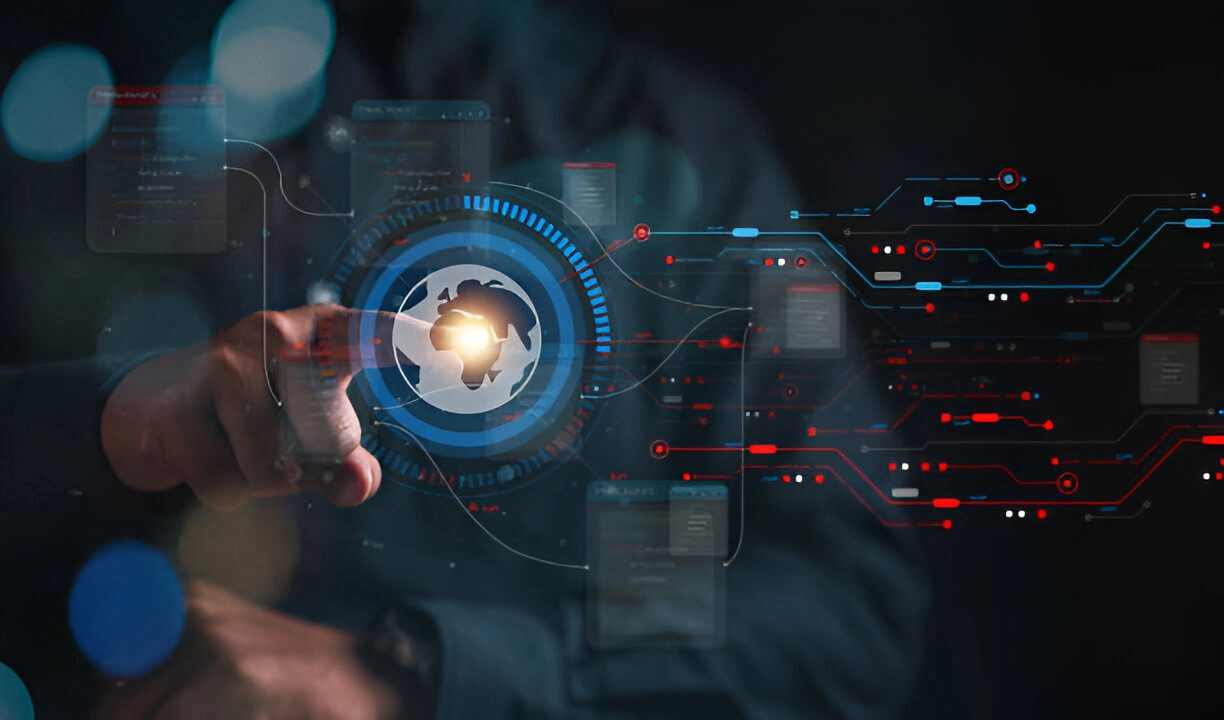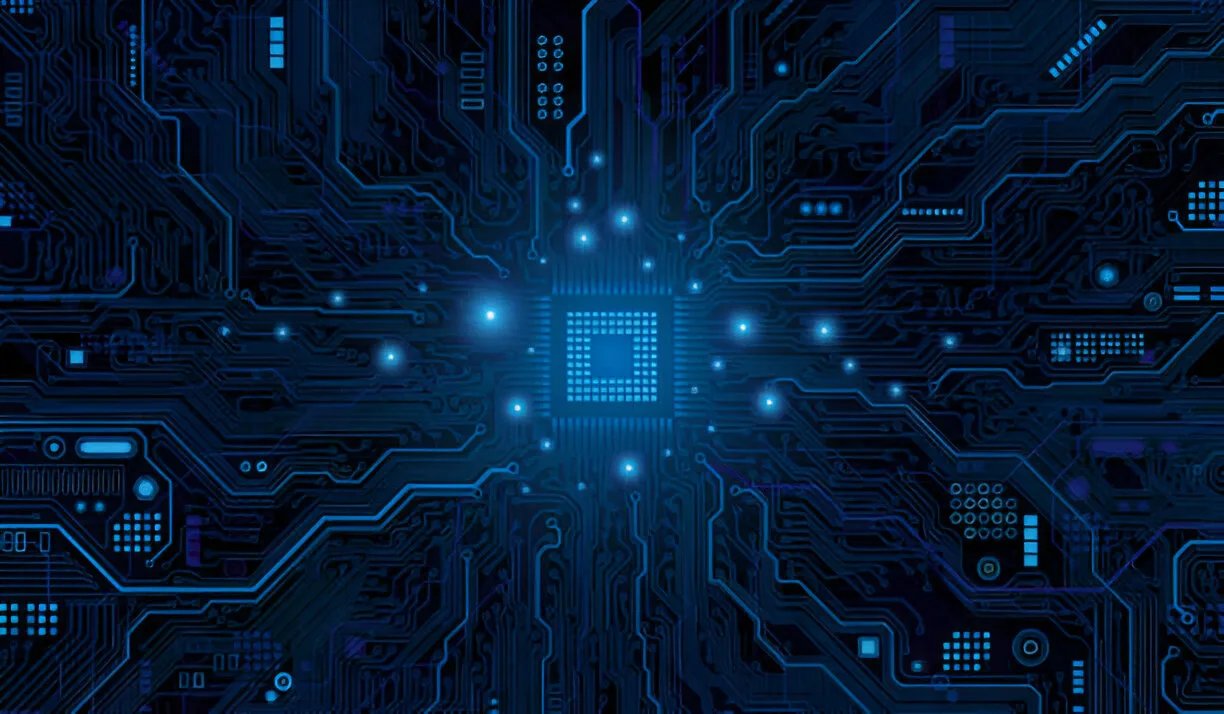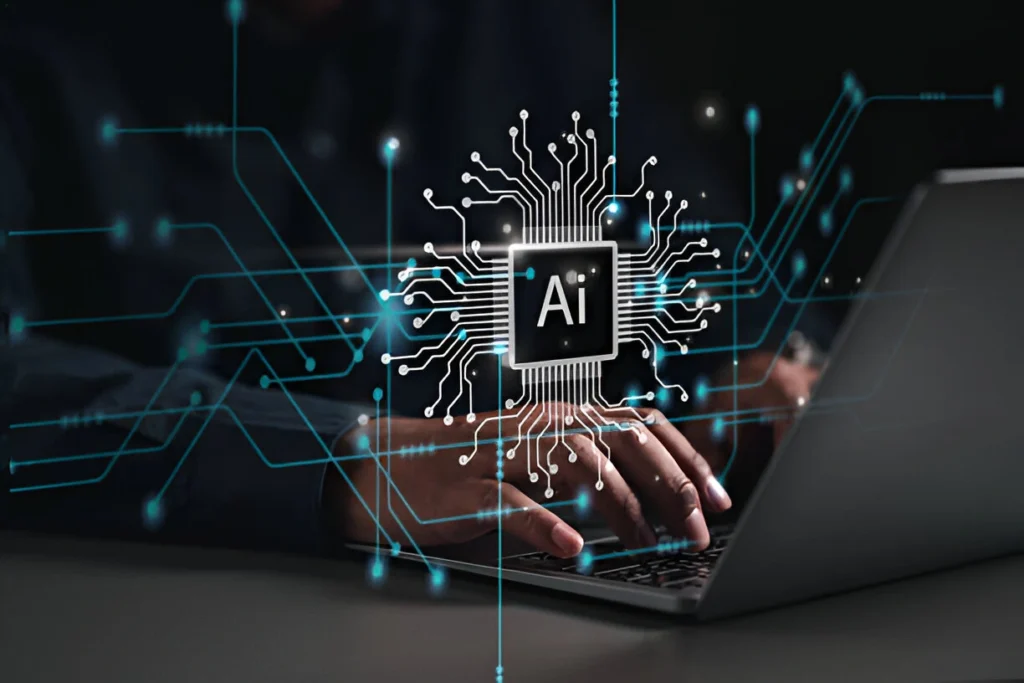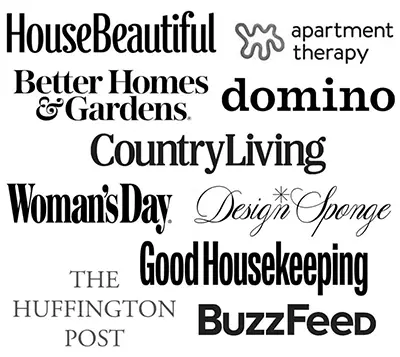We live in a world today where all aspects of our day are connected. From smart speakers and fitness trackers to smart thermostats and doorbell cameras, these connected devices have transformed the way we live, work, and communicate. But behind the seamless functioning of these gadgets lies a complex infrastructure of innovations, which we call the core technologies in smart devices.
It’s not just for tech enthusiasts that one should understand these core technologies. For homeowners, consumers, and business leaders throughout the United States, understanding what powers your devices means, among other things, making smarter purchase decisions, cordoning off the power of your gadgets, and even seeing where technology is likely to go next.
In this deep dive, we’ll delve into the fundamental systems, protocols, and engineering innovations that give rise to smart hardware, and how they’re shaping the future of innovation.
What Makes a Device “Smart”?
At its heart, a smart device is something that can connect, think, and act on its own (or based on human instruction). This “intelligence” is a result of a combination of several best-in-class technologies, including sensors, connection protocols, machine learning, and software.
Distinguished from conventional electronic products, smart devices are designed to learn from user action and adapt to different environments, as well as work over various platforms. And this move from hand automation to adaptive intelligence is what distinguishes today’s smart tech.
Whether it’s a voice assistant adjusting the lights or a health app on your smartwatch, the final effect is made possible by a handful of key technologies working together.
Connectivity: The Nervous System of Smart Devices
If smart devices had a nervous system, it would be their connection to the internet. Because smart technology’s entire premise is built around connected capabilities with other tech and the internet at large.
For high-bandwidth applications like streaming video from security cameras or transferring data from smart TVs, Wi-Fi remains king. If you’re working on more niche use cases, though, there are several more specialized wireless protocols used, such as Bluetooth, Zigbee, Z-Wave, and Thread, each with its trade-offs when it comes to range, power consumption, and security.
These communication technologies make it possible for smart devices to perform as part of a larger system, which we currently call the Internet of Things (IOT). Be it a smart refrigerator coordinating with your phone or a light bulb that responds to voice commands, connectivity is what enables and entwines them.
The development of 5G and future Wi-Fi 7 standards is likely to improve this situation even more, with faster, more secure, and more energy-efficient data exchanges. This will be particularly crucial for next-gen smart homes, self-driving cars, and wearables.
Sensors and Actuators: Bringing Awareness and Action Together
Behind the intelligence are a set of sensors busy at work behind the scenes. These are the pieces that collect information from the environment, the user, you name it (motion, temperature, pressure, proximity, and let’s not forget biometrics).
For instance, to read the room temperature, your smart thermostat uses a thermal sensor, while your smartwatch monitors its wearer’s heartbeat through its use of photoplethysmography. This is the information that the device can use to make decisions and send alerts or fire other devices.
Actuators, on the other hand, are the physical worker bees. They’re the parts that act on the commands you give, rotating a smart camera, locking a smart door, and changing the blinds to the best position for natural light. The interaction between sensors and actuators is one of the most important basic technologies in smart equipment to enable the equipment to have intelligent interaction with the physical world.
And combined, these technologies take awareness to a whole new level in consumer electronics and help your devices not just listen to you, but make sure they know what you want them to do.

AI and ML in Smart Devices
The real secret sauce of modern smart products isn’t sensors but artificial intelligence (AI) and machine learning (ML). This is the brain of the operation, systems that can analyze data, identify patterns, and learn from them on an ongoing basis as they are used.
This is the technologies, like AI, that enable smart assistants like Alexa or Google Assistant to make sense of natural language, cancel out noise, and provide intelligent answers. In smart security systems, machine learning is used to recognize familiar faces, discern between different pets and humans, and even identify unusual behavior.
With increasing sophistication of the AI engines in smart devices, their responsiveness, personalized nature, a nd efficiency are also enhanced. Customization to a user’s lifestyle, preferences, and habits is what separates a basic device from a smart companion.
For health and fitness wearables in particular, AI technologies are used to generate meaningful insights and reminders, to coach individuals, and otherwise provide personalised guidance turning raw data into actionable advice that can be used beyond the next exercise.
The increasing convergence of edge computing (processing data locally rather than in the cloud) will further increase privacy and speed, improving the intelligence and security of these devices.
Data Synchronization and Cloud Integration
Cloud computing plays a vital role when portable gadgets can work on different platforms and store data in long-term storage. Cloud services provide one such centralized facility to store files, update system software, and perform heavy computation.
Consider, for instance, a smart baby monitor that logs sleep patterns or a security camera that archives footage. That information frequently resides in the cloud, so a parent or homeowner can access it remotely. Cloud-based services also enable having a remote server process the voice commands to return a faster and more accurate response.
What makes it one of the pivotal core technologies in smart devices is its role in seamless synchronization. You can pick up watching a show on your smart TV, pause it on your tablet, and continue on your phone, all courtesy of cloud services that keep everything in sync.
What’s more, over-the-cloud software updates make sure that devices remain as secure, bug-free, and feature-rich as possible, meaning they last longer and are more enjoyable to use, without any hands-on maintenance.
Security and privacy are a top priority in smart tech
With every feature we add comes added responsibility, particularly when it comes to privacy and data security. With the growth of sensitive information being stored in smart devices, the security of data storage is one of the most important smart device technologies.
Manufacturers are taking steps to address these concerns through end-to-end encryption, biometric authentication, two-factor verification, and secure firmware updates, to name just a few. For example, appeals to security good habits ought to have found purchase among many U.S.-based users, who prefer that devices work with, and so buy products designed for, Apple’s HomeKit or Google’s Nest due to those companies’ tight security requirements.
Users must also understand that they need to secure their smart ecosystems: they should create strong passwords, turn on encryption, and be attuned to privacy settings. Smart tech is only smart if it’s also secure.
As threats to cybersecurity advance, so must the protocols that protect our connected lives, making this an area of ongoing innovation in the smart tech space.
User Interface and Experience Design Role
Regardless of how advanced any device is, the ability for users to communicate easily with that device will determine the value of the offering. Hence, the importance of user experience (UX) and user interface (UI) in the smart device design.
Whether you click on a touchscreen thermostat, tickle a smartphone app, or itch the ear of a voice-controlled assistant (or ink if we’re talking ink), you need some kind of interface that connects you to the device on the other end.
The top smart home devices will not only work, but will work well, and we pass the driver’s seat to show you who’s the best Chauffeur in tech town. It has to be simple to give voice commands. Buttons need to be where they make sense. Apps should be cross-device and have a good visual front end.
Simple technology is no longer a novelty; it’s about comfort and confidence. Here in the United States, where the smart home craze continues to gather momentum, consumers are now looking for devices that play nice with their lives and are easy to get their heads around.

Power Management and Green Computing
Since the number of household devices increases, energy management of them becomes necessary. Smart devices run low-power microcontrollers and optimized battery systems combined in a way to make them work 24/7 with less use and energy consumption.
Some of the newer innovations are energy harvesting (such as solar-powered outdoor cameras) and learning charging cycles to prolong battery life. Smart thermostats and lighting systems are also helping to conserve energy and cut energy bills over time by learning user behavior and preferences.
This combination of “green” and high-tech seems to be starting to sell in the US, where smart devices are concerned, especially for the environmentally conscious consumer.
Smart Device Core Technology FAQs
What are the basic smart device technologies?
Connectivity protocols (like Wi-Fi and Bluetooth), sensors and actuators, artificial intelligence, cloud computing, and secure software systems are all among the key technologies in smart devices. These two components combine to allow smart devices to gather data, receive commands, self-learn processes, and interact efficiently on networks.
How does AI increase the efficiency of smart devices?
It's now possible to use AI to allow smart products to learn from how they're used, adjust to personal preference, and better respond to the needs of the end user. It makes voice activation, facial identification, predictive automation, and recommendation customization possible. AI lets dumb devices become smart, active players in your home or office.
What is the role of connectivity in a smart system?
The basis of smart devices is connectivity. Without iOS, a device is unable to communicate with other systems or tap into cloud services. Whether you’re connecting a smart speaker to a light or streaming a camera feed to your phone, solid and secure connections are the key to everything working seamlessly.
How secure are smart devices from a privacy standpoint?
Yes, smart gadgets can be secure, with the right precautions. Seek out devices with robust encryption, frequent software updates, and clear privacy policies. Always create strong passwords and turn on two-factor authentication, as well as monitor data permissions to access your personal information.
How do smart appliances control energy consumption?
Low footprint silicon and power control keep power drain to the very minimum on Smart devices. Many also have intelligent scheduling and automation built in to reduce usage when it isn’t necessary. For example, smart thermostats and smart lighting solutions allow users to reduce energy bills by setting the system automatically based on whether a room is occupied or according to the time of day.
Conclusion: The Technology Behind the Smarts
The miracle of smart devices isn’t that you can tip them to your wishes or wake them with your voice, but the unprecedented orchestration of circuitry behind them. The fundamental technologies in today’s connected devices, from networks, sensors, and AI to cloud and computing capabilities, are what enable a modern smart home, wearable, or office.
With advances in technology, these tools will likely become even more advanced, stable, and reliable. Knowing such systems gives and teaches customers not only how to use them, but also how they should prepare for the next wave of evolution of these systems.
We’re no longer in the future of smart devices; we are in smart devices. And by better understanding the core technologies that underlie them, we can use them more wisely, more safely, and more effectively in our daily lives.
Lorem ipsum dolor sit amet, consectetur adipiscing elit. Ut elit tellus, luctus nec ullamcorper mattis, pulvinar dapibus leo.


